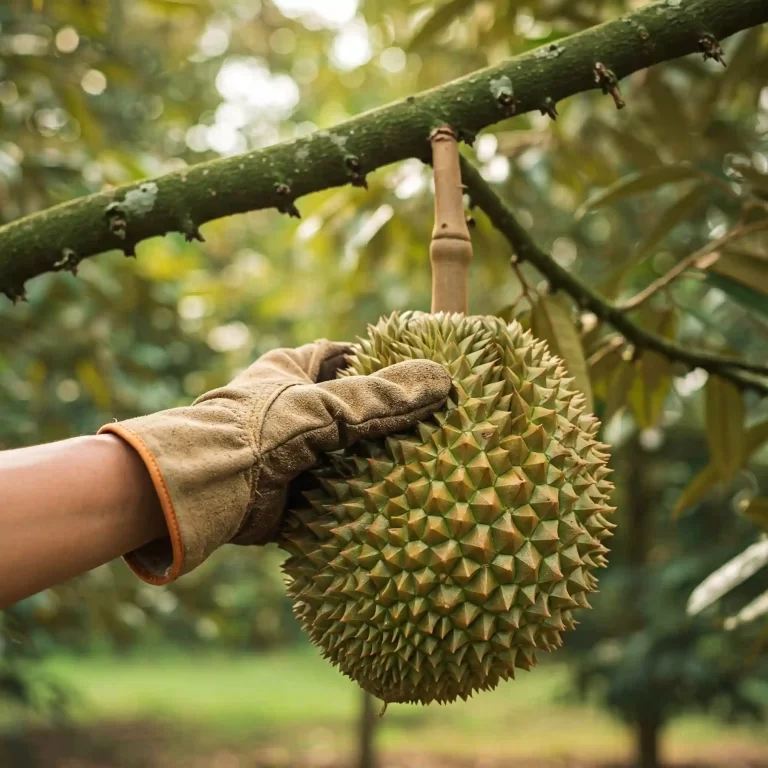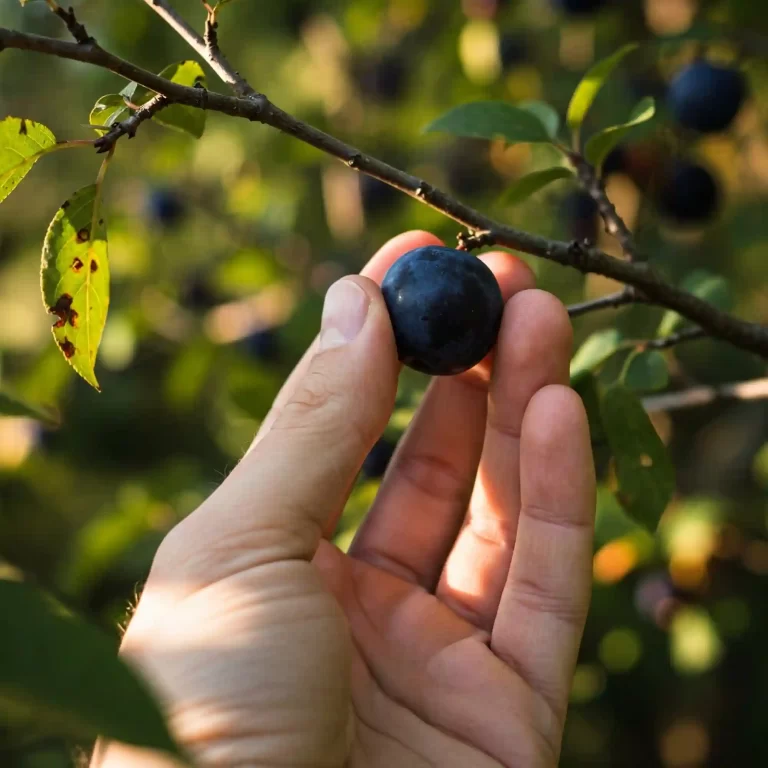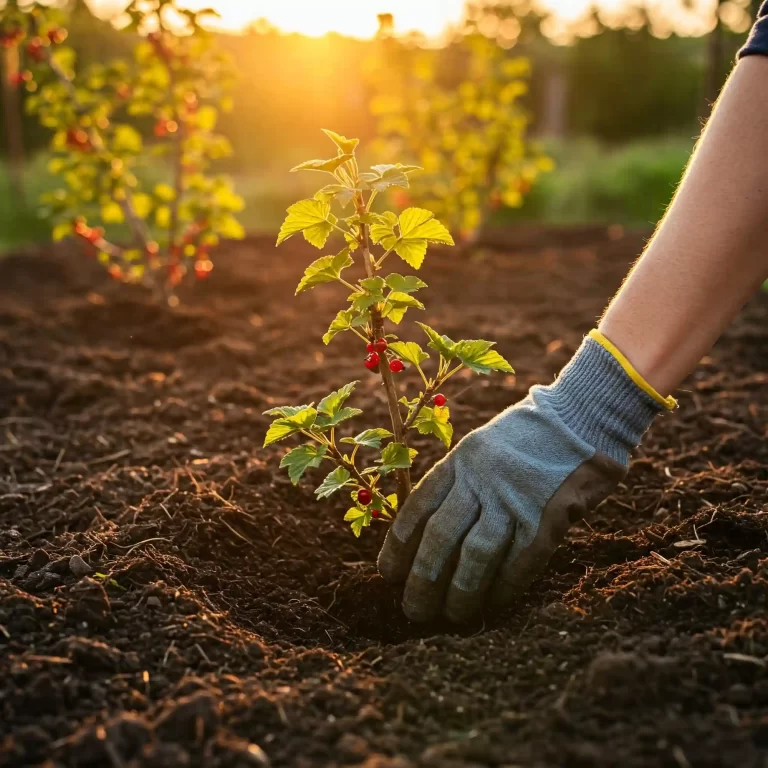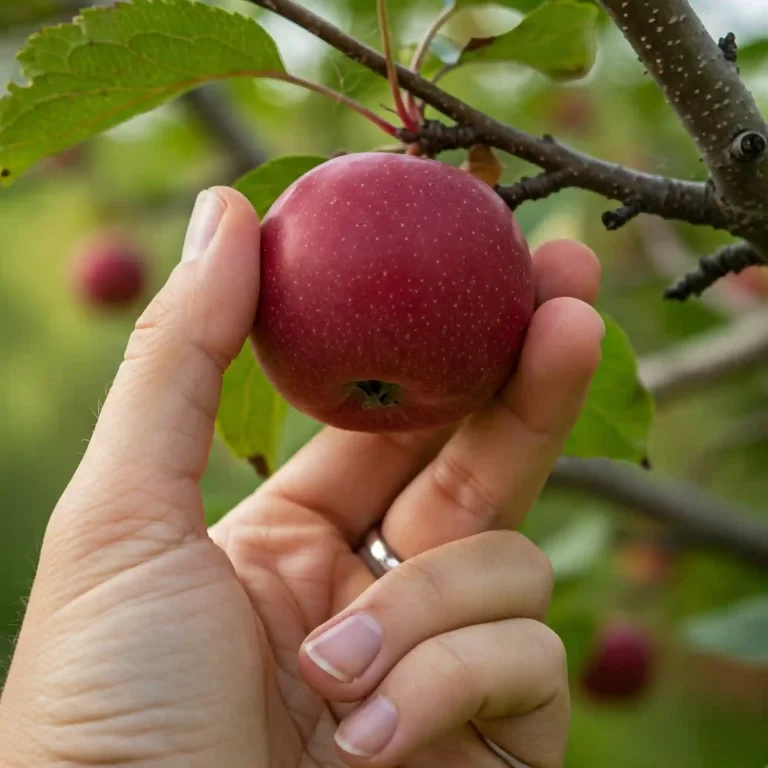Key Takeaways
- Clematis are flowering vines that come in over 300 species and many cultivars
- Growing clematis from seed is a rewarding and challenging process that requires patience and care
- The main steps involved in growing clematis from seed are:
- Stratifying the seeds to simulate natural conditions for germination
- Sowing the seeds in pots or trays using a suitable potting mix
- Caring for the seedlings by watering, fertilizing, pruning, and hardening off
- Transplanting the seedlings into larger pots or into the ground
- Supporting the vines with a trellis or a framework
- Enjoying the flowers by extending their blooming season and admiring their beauty
- The main tips and requirements for growing clematis from seed are:
- Choosing fresh and viable seeds from healthy clematis plants
- Providing optimal conditions for stratification, germination, and growth, such as temperature, humidity, light, and moisture
- Using a well-drained and fertile potting mix that is slightly alkaline
- Watering regularly but not excessively to avoid root rot and fungal diseases
- Fertilizing moderately with a balanced fertilizer that is low in nitrogen
- Pruning lightly to remove dead or damaged stems and leaves
- Hardening off gradually to acclimate the seedlings to outdoor conditions
- Installing and maintaining a sturdy and attractive trellis that suits the type and size of the clematis vine
- Deadheading, mulching, and feeding to prolong the flowering period and enhance the quality of the flowers
Do you love clematis plants and their stunning flowers? Have you ever wondered how to grow them from seed? If so, you are not alone. Clematis are one of the most popular flowering vines in the world, with over 300 species and many cultivars to choose from. They come in various colors, shapes, sizes, and fragrances, and they can adorn your garden with their beauty throughout the year.
Growing clematis from seed is a rewarding and challenging process that requires patience and care. It can take several months or even years for clematis seeds to germinate and produce flowers, but the result is worth the wait. You can create your own unique varieties of clematis by crossing different species or cultivars, or you can simply enjoy the surprise of seeing what kind of flowers your seeds will produce.
In this article, we will teach you how to grow clematis from seed step by step. We will cover everything you need to know about stratifying, sowing, caring, transplanting, supporting, and enjoying your clematis plants. We will also provide some tips and tricks on how to overcome the common challenges and problems that you may encounter along the way. By following this guide, you will be able to grow your own clematis plants from seed successfully and enjoy their beauty for years to come.
How to Prepare Clematis Seeds for Germination
The first step in growing clematis from seed is to prepare the seeds for germination. Clematis seeds need to undergo a process called stratification, which simulates the natural conditions that they must experience before they can sprout. Stratification involves exposing the seeds to cold and moist conditions for a certain period of time, which breaks their dormancy and triggers their germination.
There are two methods of stratifying clematis seeds: natural and artificial. The natural method involves sowing the seeds outdoors in fall or winter, and letting them experience the cold weather naturally. The artificial method involves storing the seeds in a refrigerator or freezer for a few weeks or months, and then sowing them indoors under controlled conditions.
The table below compares the advantages and disadvantages of each method:
| Method | Advantages | Disadvantages |
| Natural | – No need for special equipment or materials – Mimics nature’s cycle – Less risk of mold or fungus | – Takes longer (up to a year) – Depends on weather conditions – More exposure to pests and diseases |
| Artificial | – Faster (a few weeks or months) – More control over temperature and moisture – Less exposure to pests and diseases | – Requires special equipment or materials (refrigerator or freezer, plastic bags, paper towels) – More risk of mold or fungus – Less natural |
You can choose either method depending on your preference, availability of resources, and time frame. Here are some detailed instructions on how to stratify clematis seeds using either method:
Natural Method
- Collect fresh and viable seeds from healthy clematis plants in late summer or early fall. You can find the seeds in the fluffy seed heads that form after the flowers fade. Cut off the seed heads and let them dry for a few days in a paper bag or a cardboard box.
- Separate the seeds from the fluff by rubbing them gently between your fingers or shaking them in a sieve. You can also use a hair dryer to blow away the fluff. The seeds are small, brown, and oval-shaped, and they have a tail-like appendage at one end.
- Sow the seeds in pots or trays filled with a well-drained and fertile potting mix that is slightly alkaline. You can use a mix of peat moss, perlite, and lime, or you can buy a ready-made clematis potting mix from a garden center. The pH of the potting mix should be between 6.5 and 7.5.
- Scatter the seeds thinly over the surface of the potting mix, and cover them lightly with a thin layer of sand or vermiculite. Do not bury them too deep, as they need some light to germinate.
- Water the pots or trays well, and let them drain. Label them with the date and the name of the clematis variety (if known).
- Place the pots or trays in a cold frame, a greenhouse, or a sheltered spot outdoors, where they will receive some sun but not too much heat. You can also bury them in the ground up to their rims, to protect them from frost and rodents.
- Keep the potting mix moist but not soggy throughout the winter. Do not fertilize or prune the seeds at this stage.
- Check the pots or trays regularly for signs of germination, which may occur anytime between spring and fall of the following year. Some clematis seeds may take longer than others to germinate, depending on their species and cultivar.
Artificial Method
- Collect fresh and viable seeds from healthy clematis plants in late summer or early fall, as described above.
- Moisten some paper towels with water, and wring out the excess. Place a few seeds on each paper towel, and fold them over to cover the seeds. You can also use coffee filters or cotton pads instead of paper towels.
- Place the paper towels with the seeds in plastic bags or containers, and seal them tightly. Label them with the date and the name of the clematis variety (if known).
- Store the plastic bags or containers in a refrigerator or freezer for at least six weeks. Some clematis seeds may require longer stratification periods, up to six months, depending on their species and cultivar.
- Check the plastic bags or containers periodically for signs of mold or fungus, and discard any infected seeds. Also check for signs of germination, which may occur during stratification. If you see any sprouts, remove them from the refrigerator or freezer, and sow them in pots or trays as described below.
- After six weeks or more of stratification, remove the plastic bags or containers from the refrigerator or freezer, and let them warm up to room temperature for a few hours.
- Sow the seeds in pots or trays filled with a well-drained and fertile potting mix that is slightly alkaline, as described above.
- Place the pots or trays in a warm and bright location indoors, such as a windowsill, a greenhouse, or under artificial lights. The temperature should be between 18°C and 24°C (65°F and 75°F), and the light should be bright but not direct.
- Keep the potting mix moist but not soggy throughout germination. Do not fertilize or prune the seeds at this stage.
How to Germinate Clematis Seeds
The second step in growing clematis from seed is to germinate the seeds. Germination is the process of a seed sprouting and developing into a seedling, which is a young plant that has emerged from the seed. Germination can take anywhere from a few weeks to a few months for clematis seeds, depending on their species and cultivar, and the conditions that they are exposed to.
The optimal conditions for clematis seed germination are:
- Temperature: between 18°C and 24°C (65°F and 75°F)
- Humidity: high, around 70% to 80%
- Light: bright but not direct
- Moisture: consistent but not excessive
To germinate clematis seeds, you need to follow these steps:
- Sow the seeds in pots or trays filled with a well-drained and fertile potting mix that is slightly alkaline, as described in the previous section. You can sow the seeds either after stratifying them using the natural or artificial method, or after buying them from a reputable source that has already stratified them for you.
- Scatter the seeds thinly over the surface of the potting mix, and cover them lightly with a thin layer of sand or vermiculite. Do not bury them too deep, as they need some light to germinate.
- Water the pots or trays well, and let them drain. Label them with the date and the name of the clematis variety (if known).
- Place the pots or trays in a warm and bright location indoors, such as a windowsill, a greenhouse, or under artificial lights. The temperature should be between 18°C and 24°C (65°F and 75°F), and the light should be bright but not direct. You can use a heating mat or a heat lamp to provide extra warmth if needed.
- Keep the potting mix moist but not soggy throughout germination. You can use a spray bottle or a misting system to water the seeds gently and evenly. Do not overwater or underwater the seeds, as this can cause root rot or fungal diseases.
- Check the pots or trays regularly for signs of germination, which may occur anytime between two weeks and six months after sowing. Some clematis seeds may take longer than others to germinate, depending on their species and cultivar. You will see tiny green sprouts emerging from the seeds, which will grow into seedlings with two cotyledons (seed leaves) and one true leaf.
- Once you see at least one true leaf on each seedling, you can transplant them into larger pots or into the ground, as described in the next section.
How to Care for Clematis Seedlings
The third step in growing clematis from seed is to care for the seedlings. Seedlings are young plants that have emerged from the seeds and have at least one true leaf. Seedlings need proper care and attention to grow healthy and strong, and to prepare them for transplanting into larger pots or into the ground.
The basic care requirements for clematis seedlings are:
- Watering: regularly but not excessively, to keep the potting mix moist but not soggy
- Fertilizing: moderately with a balanced fertilizer that is low in nitrogen, such as 10-10-10 or 5-10-10
- Pruning: lightly to remove dead or damaged stems and leaves
- Hardening off: gradually to acclimate the seedlings to outdoor conditions
To care for clematis seedlings, you need to follow these steps:
- Water the seedlings regularly but not excessively, to keep the potting mix moist but not soggy. You can use a watering can or a hose with a gentle nozzle to water the seedlings deeply and evenly. Do not overwater or underwater the seedlings, as this can cause root rot or fungal diseases.
- Fertilize the seedlings moderately with a balanced fertilizer that is low in nitrogen, such as 10-10-10 or 5-10-10. You can use a liquid or granular fertilizer, following the instructions on the label. Do not overfertilize or underfertilize the seedlings, as this can cause nutrient burn or deficiency.
- Prune the seedlings lightly to remove dead or damaged stems and leaves. You can use a pair of scissors or pruning shears to cut off any brown or yellow parts of the seedlings. Do not prune too much or too often, as this can stress or weaken the seedlings.
- Harden off the seedlings gradually to acclimate them to outdoor conditions. You can start this process about two weeks before transplanting them into larger pots or into the ground. To harden off the seedlings, you need to expose them to outdoor temperatures, light, and wind for increasing periods of time each day, starting from an hour and ending with a full day. You can use a cold frame, a cloche, or a shaded spot to protect the seedlings from extreme weather or pests. Do not expose the seedlings to frost, hail, or strong winds, as this can damage or kill them.
How to Support Clematis Vines
The fourth step in growing clematis from seed is to support the vines. Vines are long and flexible stems that grow from the base of the plant and climb up or trail down. Clematis are climbing plants that need a support system to grow vertically and display their flowers. A support system can be a trellis, a framework, a fence, a wall, an arbor, a pergola, or any other structure that can hold the weight and shape of the clematis vine.
The different types of trellises that can be used to support clematis vines are:
- Wire: a mesh or a grid of thin metal wires that can be attached to a wall, a fence, or a frame
- Wood: a lattice or a panel of wooden slats or strips that can be attached to a wall, a fence, or a frame
- Metal: a rod or a bar of metal that can be bent into various shapes and forms, such as arches, circles, or spirals
- Plastic: a net or a sheet of plastic that can be attached to a wall, a fence, or a frame
The table below compares the pros and cons of each type of trellis:
| Type | Pros | Cons |
| Wire | – Easy to install and maintain – Inexpensive and durable – Blends well with the background | – May rust or corrode over time – May not be very attractive or sturdy – May not provide enough grip for the vines |
| Wood | – Natural and aesthetic – Sturdy and stable – Provides good grip for the vines | – May rot or decay over time – May be expensive and heavy – May require regular painting or staining |
| Metal | – Creative and artistic – Strong and flexible – Provides good grip for the vines | – May rust or corrode over time – May be expensive and hard to bend – May conduct heat or cold |
| Plastic | – Lightweight and easy to install – Cheap and resistant to weather – Comes in various colors and shapes | – May fade or crack over time – May not be very attractive or sturdy – May not provide enough grip for the vines |
You can choose any type of trellis depending on your preference, budget, and space. Here are some detailed instructions on how to install and maintain a trellis for clematis vines:
- Choose a suitable location for your trellis, where it will receive at least six hours of sun per day, but also some shade during the hottest part of the day. The location should also have good drainage and air circulation, and be protected from strong winds.
- Choose a suitable size and shape for your trellis, depending on the type and size of your clematis vine. You can use a small trellis for compact varieties, such as alpina or macropetala, or a large trellis for vigorous varieties, such as montana or jackmanii. You can also use different shapes of trellises, such as vertical, horizontal, diagonal, fan-shaped, or curved.
- Choose a suitable material for your trellis, depending on your preference, budget, and space. You can use wire, wood, metal, or plastic trellises, as described above. You can also make your own trellis using bamboo poles, PVC pipes, chicken wire, fishing line, or any other materials that you have at hand.
- Install your trellis securely to the wall, the fence, the frame, or the ground. You can use nails, screws, hooks, brackets, stakes, anchors, or any other tools that you have at hand. Make sure that your trellis is stable and sturdy enough to support the weight and shape of your clematis vine.
- Train your clematis vine to grow on your trellis by tying it loosely with soft twine, string, wire ties, clips, or any other materials that you have at hand. You can also weave the vine through the gaps or holes in your trellis. Make sure that you do not damage or strangle the vine with your ties. You can also prune your vine lightly to shape it according to your desired design.
- Maintain your trellis regularly by checking it for any damage or wear and tear. You can repair or replace any broken parts of your trellis as needed.
How to Enjoy Clematis Flowers
The fifth and final step in growing clematis from seed is to enjoy the flowers. Flowers are the reproductive organs of plants that produce seeds and fruits. Clematis flowers are among the most beautiful and diverse in the world, with various colors, shapes, sizes, and fragrances. They can bloom from spring to fall, depending on the species and cultivar, and they can adorn your garden with their beauty throughout the year.
The different colors, shapes, sizes, and fragrances of clematis flowers are:
- Colors: white, pink, red, purple, blue, yellow, orange, or multicolored
- Shapes: star-shaped, bell-shaped, saucer-shaped, trumpet-shaped, or double
- Sizes: small (less than 5 cm), medium (5 to 10 cm), or large (more than 10 cm)
- Fragrances: sweet, spicy, musky, or none
The table below shows some examples of clematis varieties and their flowers:
| Variety | Color | Shape | Size | Fragrance | Blooming Season |
| Nelly Moser | Pink with purple stripes | Saucer-shaped | Large | None | Spring and fall |
| The President | Deep purple-blue | Star-shaped | Large | None | Spring and summer |
| Duchess of Edinburgh | White | Double | Medium | None | Spring and summer |
| Montana Rubens | Pale pink | Star-shaped | Small | Sweet | Spring |
| Jackmanii | Dark purple | Star-shaped | Large | None | Summer and fall |
| Sweet Autumn | White | Star-shaped | Small | Sweet | Fall |
To enjoy clematis flowers, you need to follow these tips:
- Extend the blooming season of clematis flowers by deadheading, mulching, and feeding them. Deadheading is the process of removing faded or spent flowers to encourage new ones to form. Mulching is the process of covering the soil around the plants with organic matter to retain moisture and prevent weeds. Feeding is the process of applying fertilizer to the plants to provide nutrients and boost growth.
- Admire the beauty of clematis flowers by taking photos, making bouquets, or creating art. You can take photos of your clematis flowers using a camera or a smartphone, and share them with your friends or family. You can also cut some clematis flowers and arrange them in a vase or a basket to decorate your home or office. You can also use clematis flowers as inspiration for painting, drawing, or crafting.
- Learn more about clematis flowers by reading books, magazines, or websites. You can find many sources of information on clematis plants and their flowers online or offline. You can learn about their history, origin, classification, cultivation, propagation, care, and varieties. You can also join online forums or local clubs where you can meet other clematis enthusiasts and exchange tips and experiences.
Conclusion
In this article, we have taught you how to grow clematis from seed step by step. We have covered everything you need to know about stratifying, sowing, caring, transplanting, supporting, and enjoying your clematis plants. We have also provided some tips and tricks on how to overcome the common challenges and problems that you may encounter along the way.
Growing clematis from seed is a rewarding and challenging process that requires patience and care. It can take several months or even years for clematis seeds to germinate and produce flowers, but the result is worth the wait. You can create your own unique varieties of clematis by crossing different species or cultivars, or you can simply enjoy the surprise of seeing what kind of flowers your seeds will produce.
We hope you find this article helpful and informative. If you have any questions or feedback, please feel free to contact us. Thank you for reading!



